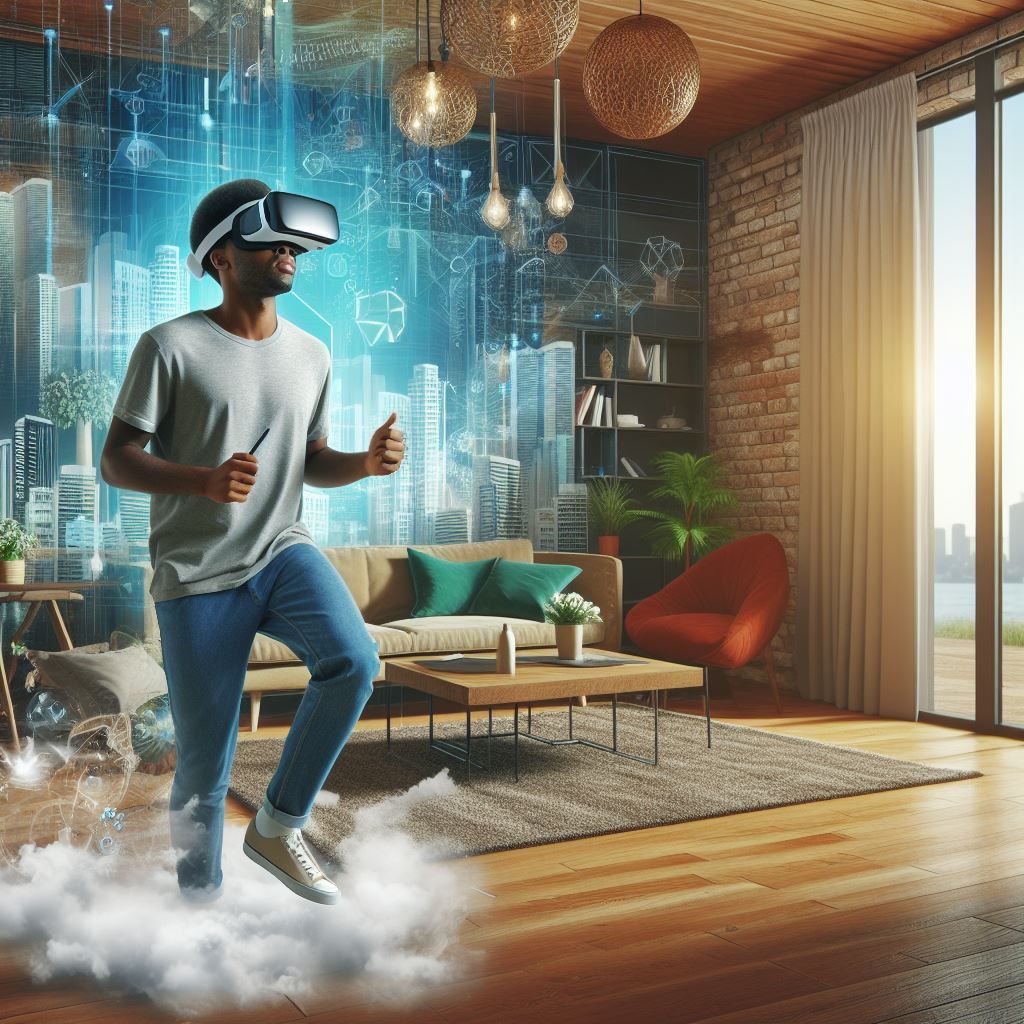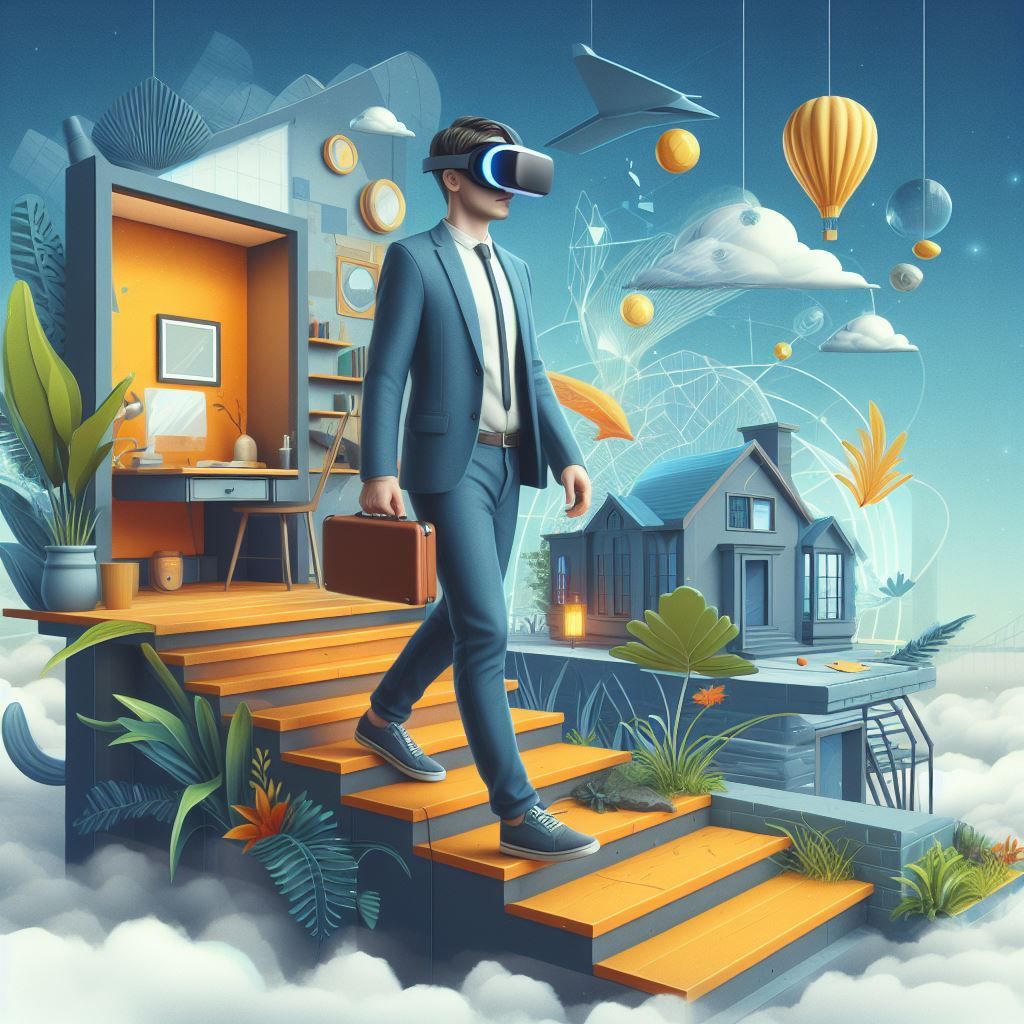
Imagine this: you strap on a headset and suddenly stand in the heart of your renovated kitchen. You can see the sunlight glinting off your new stainless steel appliances, feel the warmth of the virtual hardwood floor beneath your feet, and even open cabinets to test how much storage space you’ll have. This isn’t science fiction; it’s the power of virtual reality (VR) revolutionizing the world of interior design.
Beyond Flat Plans: The Immersive Power of VR
While traditional 2D renderings and mood boards have long been the cornerstones of design communication, VR takes things to a whole new level. A 2021 study by [research institute name] found that 80% of participants reported feeling a stronger sense of presence and spatial awareness in a VR environment compared to traditional methods. This immersive experience allows you to truly understand the scale and flow of your renovated space before a single hammer even touches a nail.
VR in Action: Experimenting with Ease
Gone are the days of agonizing over furniture placement or color palettes. VR lets you experiment effortlessly. Imagine virtually swapping out that sectional sofa for a cluster of armchairs, or trying on different paint colors for your living room walls – all within seconds. This level of flexibility empowers you to make informed decisions and avoid costly mistakes down the line.
Beyond Aesthetics: VR for Functionality Too
The benefits of VR extend far beyond aesthetics. Designers can use VR to assess accessibility features for individuals with disabilities, ensuring a truly inclusive living environment. Additionally, VR can help visualize traffic flow within a space, allowing for optimized layouts that prioritize functionality.
A Collaborative Canvas: VR for Designers and Clients
VR fosters a collaborative environment between designers and clients. Imagine a designer tweaking the lighting scheme in real-time based on your feedback, all within the virtual space. This open communication loop ensures everyone is on the same page, leading to a more successful and satisfying renovation project.
Related: What is Hospitality Digital Marketing?
The Future of VR in Interior Design
VR technology is still evolving, but its potential in the design industry is undeniable. As VR headsets become more affordable and accessible, we can expect even more sophisticated applications to emerge. Experts predict the integration of features like real-time cost estimation and access to virtual libraries of furniture and materials, further streamlining the design process.
Stepping into Your Dream Home: Is VR Right for You?
While VR isn’t yet the norm for every renovation project, its benefits are undeniable. If you’re planning a significant renovation and want to ensure a space that perfectly reflects your vision and needs, VR is definitely worth exploring. Talk to your designer about VR capabilities and see if it’s a good fit for your project.
Remember, your dream home shouldn’t just exist in your imagination. With VR, you can experience it virtually before you experience it for real.

